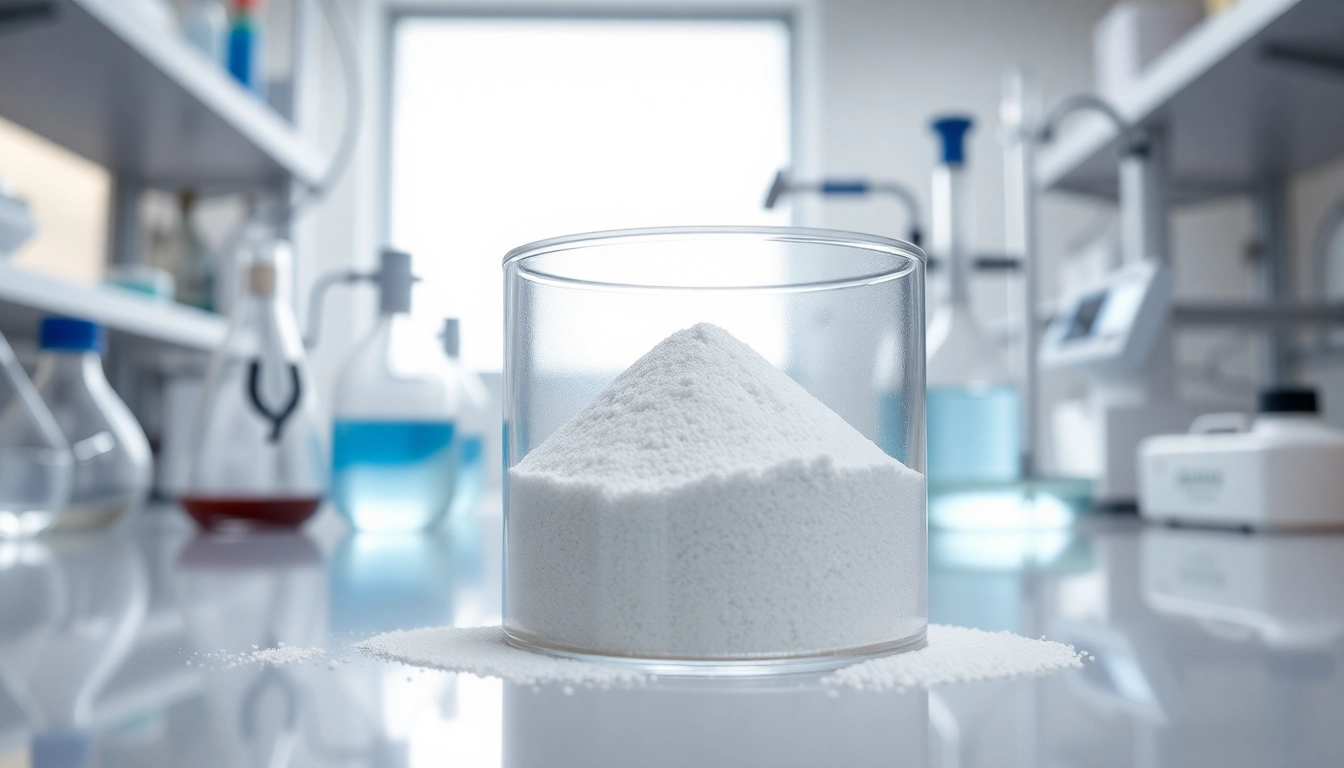Introduction to Redispersible Polymer Powder
Redispersible Polymer Powder is a fine, white powder derived from the drying of water-based polymer emulsions. This versatile material plays a crucial role in various industries, ranging from construction to cosmetics, due to its ability to enhance the properties of end products. Understanding its characteristics, applications, and benefits is essential for maximizing its potential. In this article, we will delve into the intricacies of Redispersible Polymer Powder, exploring its definition, operational principles, diverse applications, and practical implementation techniques.
Definition and Characteristics
Redispersible Polymer Powder is essentially an agglomerated form of a polymer, which, when mixed with water, can form a stable dispersion. This property sets it apart from many other polymer types, making it particularly useful in formulations where the ability to rapidly and easily reconstitute is beneficial. Typical characteristics of Redispersible Polymer Powder include:
- High adhesive strength
- Flexibility
- Improved water resistance
- Enhanced durability
- Thermal stability
- Low VOC (Volatile Organic Compounds) emissions
Importance in Various Industries
The significance of Redispersible Polymer Powder spans numerous industries and applications. In construction, it is essential for mortars, adhesives, and coatings. Meanwhile, in the cosmetics field, it is involved in creating creams, lotions, and other formulations. Its wide-ranging abilities to improve adhesion, flexibility, and water resistance make it a vital ingredient for enhancing product performance across numerous sectors. Furthermore, with the rise of eco-conscious consumers, the low VOC emissions of many Redispersible Polymer Powders appeal to manufacturers aiming for greener products.
How Redispersible Polymer Powder Works
When mixed with water, Redispersible Polymer Powder undergoes a process of re-dispersion. This action allows the polymer chains to separate and interact closely with other materials in a mixture—be it other polymers, additives, or substrates—resulting in improved performance attributes of the final product. The interlocking of the polymer chains enhances the mechanical bond and creates a cohesive structure that enhances the strength and durability of the formulations.
Applications of Redispersible Polymer Powder
Building and Construction Uses
In the building and construction sector, Redispersible Polymer Powder plays a pivotal role, particularly in the formulation of dry-mix mortars. Its presence in these products enhances adhesion and flexibility, which is critical for varied applications. For example, when mixed into tile adhesives, it aids in improving the bond strength between tiles and substrates, making installations more reliable and durable.
Moreover, Redispersible Polymer Powder is widely used in the production of plasters and renders. It not only increases the weather resistance of these materials but also contributes to lower water absorption rates, leading to prolonged durability under harsh conditions.
Cosmetic Formulations
Within the cosmetics industry, Redispersible Polymer Powder serves a multiplicative role in improving product texture and stability. It is commonly incorporated into creams and lotions, providing a smooth, even application while enhancing the product’s overall feel. This powder also contributes to the formulation of makeup products, such as foundations and eyeshadows, by improving adhesion to the skin, leading to longer-lasting wear.
Additionally, the lightweight and fine particle size of Redispersible Polymer Powder allows for effective dispersion in water-based cosmetics, ensuring a consistent product uniformity that consumers expect.
Adhesives and Sealants
Redispersible Polymer Powder is an essential ingredient in advanced adhesives and sealants. Its ability to enhance viscosity and improve working properties is invaluable in formulations that require cleanup ease and immediate bond strength. By incorporating Redispersible Polymer Powder into adhesives, manufacturers can achieve excellent wet and dry adhesion qualities that meet the demands of various applications, whether in household products or industrial uses.
Benefits of Using Redispersible Polymer Powder
Improved Performance Metrics
The inherent properties of Redispersible Polymer Powder provide numerous performance enhancements to end products. For instance, adding this powder can increase the tensile and compressive strength of concrete and mortar, which is fundamentally important for construction applications. Moreover, the improved flexibility reduces the risk of cracking, benefitting structures exposed to thermal and mechanical stresses.
Cost Efficiency and Sustainability
From a cost perspective, utilizing Redispersible Polymer Powder can significantly impact overall production costs. Its properties allow for reduced material consumption without compromising quality. Furthermore, many formulations can be designed to minimize waste, leading to environmentally friendly practices.
The sustainability aspect is particularly appealing in today’s market, where companies face increasing pressure to adopt eco-friendly practices. By introducing Redispersible Polymer Powder that releases minimal VOCs and is recyclable, manufacturers align themselves with green initiatives increasingly favored by consumers and regulators alike.
Enhanced Product Stability
Stability is a crucial concern for manufacturers, particularly in cosmetics and construction materials. Redispersible Polymer Powder contributes to the stability of both emulsions and dispersions in formulations. Its ability to reinforce the structure and improve viscosity helps maintain consistent product performance over time, leading to extended shelf life and reduced need for preservatives.
Implementation Techniques for Redispersible Polymer Powder
Mixing and Preparation Guidelines
To achieve optimal results with Redispersible Polymer Powder, proper mixing and preparation are critical. It is recommended to gradually add the powder to water rather than the other way around, as this technique helps prevent clumping. A high-shear mixer or paddle mixer can also be effective in achieving a uniform dispersion.
During preparation, maintaining the right temperature and pH is crucial to ensure that the powder performs as expected. The ideal mixing conditions may vary depending on the specific application, and conducting small-scale trials can yield useful data before large-scale production.
Compatibility with Other Materials
Compatibility is another fundamental aspect when working with Redispersible Polymer Powder. It can often be used alongside various additives, but testing for compatibility with other components in the formulation is advisable. Some materials may interact adversely, impacting the performance and physical properties. Compatibility tests that include assessments of pH, ionic strength, and viscosity can save time and resources during product development.
Storing and Handling Best Practices
Proper storage conditions for Redispersible Polymer Powder are essential to prolong its shelf life and maintain its efficacy. Ideal conditions include a cool, dry environment, away from direct sunlight and moisture, which could degrade the product. When handling this powder, ensure that appropriate personal protective gear is used, as inhalation of dust can lead to respiratory issues. Keeping workspaces well-ventilated significantly reduces this risk.
Measuring Effectiveness of Redispersible Polymer Powder
Performance Testing Methods
To measure the effectiveness of formulations containing Redispersible Polymer Powder, several performance testing methods are utilized. For construction materials, standard tests like tensile strength, adhesion tests, and freeze-thaw cycles can yield critical information on durability and lifespan. In cosmetics, stability tests, wear tests, and sensory evaluation are employed to ensure that the formulations meet consumer expectations.
Case Studies and Success Stories
Numerous industry case studies showcase the successful integration of Redispersible Polymer Powder in various applications. For example, a particular adhesive product formulation using Redispersible Polymer Powder outperformed competitors in terms of bonding strength and dissolution rate during wet conditions. Such results underline the real-world performance and effectiveness of incorporating this versatile material.
Common Challenges and Solutions
Despite its advantages, challenges can arise when utilizing Redispersible Polymer Powder. One common issue is achieving the desired viscosity, which can lead to inadequate application properties. This can often be mitigated by adjusting the formulation or mixing protocol, ensuring that the powder is fully hydrated before use. Additionally, varying climates may also affect the performance of formulations; hence, conducting environmental stress tests is advisable prior to product launch.



